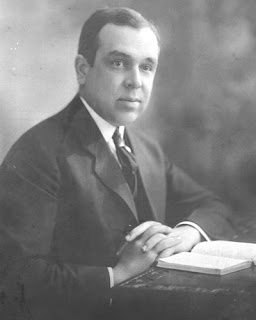Volume 87 of the Oxyrhynchus Papyri is apparently out today and it lists some pretty exciting papyri. From the website:
This volume includes editions of fifty-eight papyri and one text on parchment. Among the theological texts, three are of exceptional interest. 5575 is an early copy of sayings of Jesus corresponding in part to the canonical gospels of Matthew and Luke and in part to the apocryphal gospel of Thomas. Jesus is also the speaker in 5576 and apparently in 5577, where Mary is addressed. Both pieces may be loosely called “Gnostic”; the latter appears to be Valentinian.
Candida Moss has more detail at the Daily Beast here. From her article:
The significance of the fragment lies in its date and contents. In conjunction with distinguished papyrologist and paleographer Ben Henry, the editors—Jeffrey Fish, Daniel Wallace, and Michael Holmes—date the fragment to the second century CE. This is important because, as Dr. Fish told me, “Only a few gospel papyri can be securely dated to the second or beginning of the third century.” This is the earliest period from which we have Christian manuscripts. “What is so significant about this papyrus,” continued Fish, “is that it contains sayings of Jesus which correspond partly to canonical gospels (Matthew and Luke) and partly to sayings we know only from the Gospel of Thomas. It is as early or earlier than any of our papyri of the Gospel of Thomas [our earliest non-canonical Gospel],” including other fragments of the Gospel of Thomas found at Oxyrhynchus.
I will update this post as I learn more. But needless to say, this looks like a big deal.
Update (9/1/23)
Now that I’ve seen pictures and emailed the editors I can confirm this is the fragment I worked on as a student in the Green Scholars Initiative back around 2012. It was a treat to work on it and I’m very glad to see it finally published. I did get to spend an afternoon with the fragment. I’ll try to publish some more of the work I did on it back then later on the blog. I haven’t seen the official publication yet and, naturally, the editors went well beyond my meager student efforts. You’ll notice that comparing the photos from 2013 to the b/w images from the Oxy volume that another piece of the fragment was identified. So the color photos do not show the entire known fragment.







